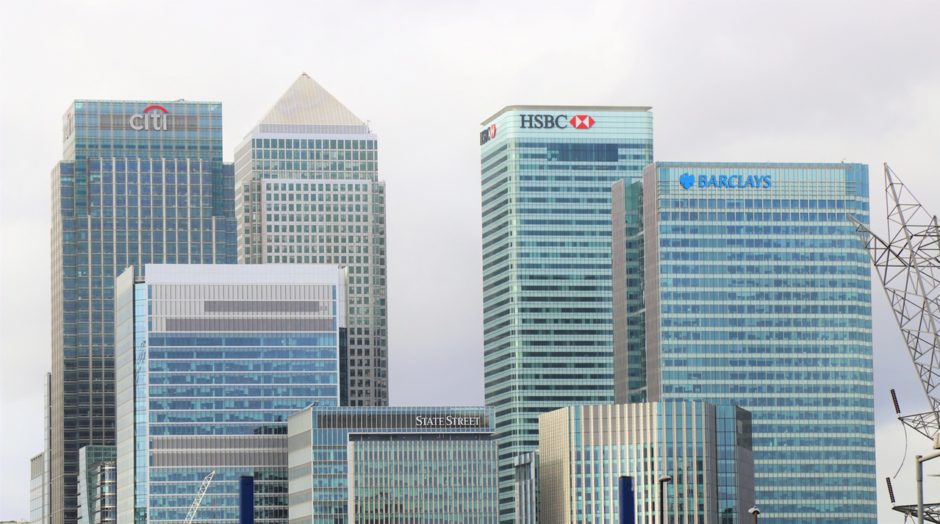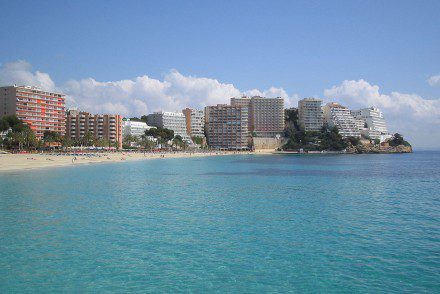The simplest and the most common reason people go to the banks is to open the bank account or get the debit card. Opening the bank account and keeping your credit history as clean as possible is the first step to ensure you can get a loan when you really need it.
Checking account vs Savings account
The checking account is the most popular one. Nonresidents of the US can open a checking account in almost any American bank, as it doesn’t require a lot of documents. The account will be needed to pay for utilities, any bills for study and training materials, and money transfers. The bank account can receive grants for students as well as salary. The funds can be deposited into the account or withdrawn at any time.
A savings account is a long-term deposit. Very often the withdrawal of money cannot be done instantly like from the checking account.
When you open a checking account, you can order a debit card at effectify.com from one of the three largest payment systems: VISA, MasterCard, American Express. The checking account will be linked to this card, through which all financial transactions are performed.
Comparing the tariffs of several banks, you can choose the most suitable one. Commissions for opening and maintaining accounts, issuing cards and financial transactions (for example, interbank transfers or converting) will be different in each bank. Students can also inquire if they can get special conditions when it comes to servicing in specific banks.
A card for nonresidents
Despite the fact that now you can open an account even by phone or online, nonresidents will have to personally come to the selected bank and bring the necessary documents:
- A valid passport;
- I-94 form;
- I-20 for students, DS-2019 for participants in international exchange programs or I-797;
- Other identification documents (birth certificate, state rights, for students – Student ID or any other);
- A confirming letter from the university or from the employer;
- Completed questionnaire of the bank with the indication of the name, surname, date of birth, telephone numbers and addresses (university, hostel, employer, home);
- W-8 BEN for students who do not have a social security number and TIN.
Checks
In the United States, a system of cashless payments using checks is very common. When buying or selling something, the buyer or client signs a check for the seller or the service provider. In turn, the recipient of a check can cash it.
An account holder in an American bank can order a checkbook, which can be used for non-cash payments. The checkbook contains mandatory information: account number, bank code, holder’s name and personal information. In fact, a checkbook, like a bank card, is attached to a specific bank account.
When paying for goods or services, the checkbook holder fills in the check, signs it and indicates the amount. To get money from this check, the recipient applies to the bank where the account is opened and the checkbook is issued and presents the signed check. The amount is withdrawn from the account and is issued to the recipient.
The peculiarity of this system is that the bank often does not immediately issue the requested amount in cash, but credits it to the beneficiary’s account and only cashes it afterwards.





